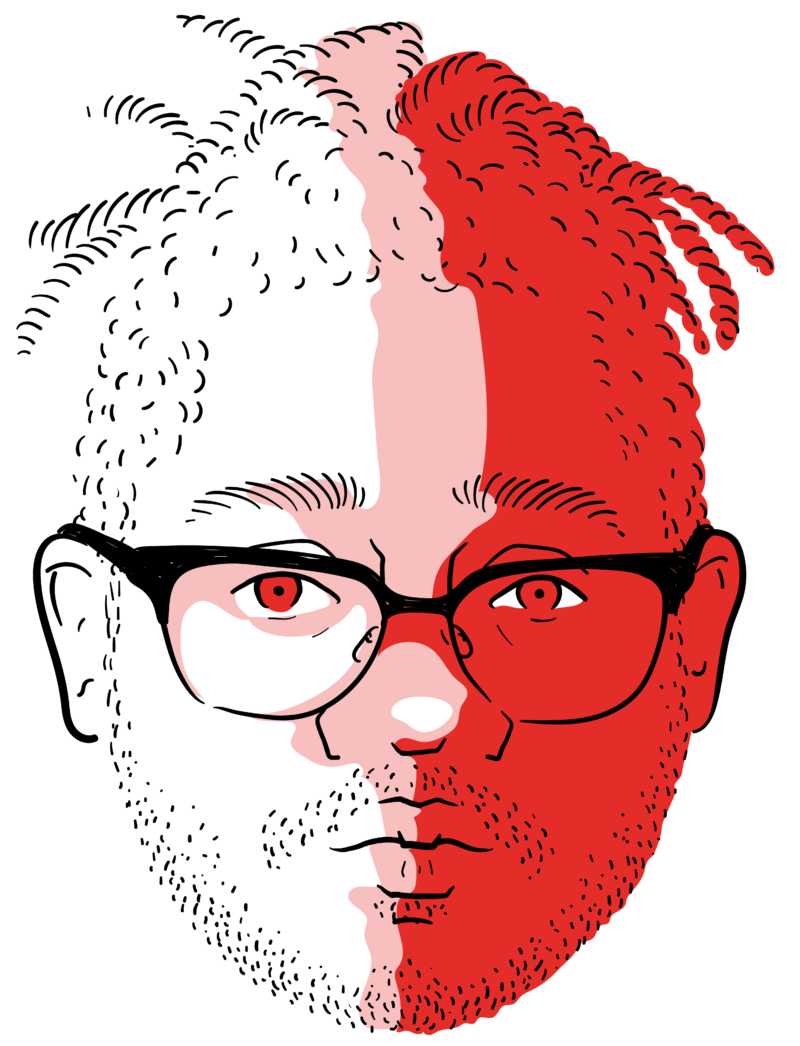Non-exhaustive list of video games mentioned:
- Deliver Us the Moon
- Minecraft
- Valheim
You have reached your article limit
Sign up for a digital subscription and continue reading all new issues, plus our entire archives, for just $1.50/month.
Already a subscriber? Sign in





